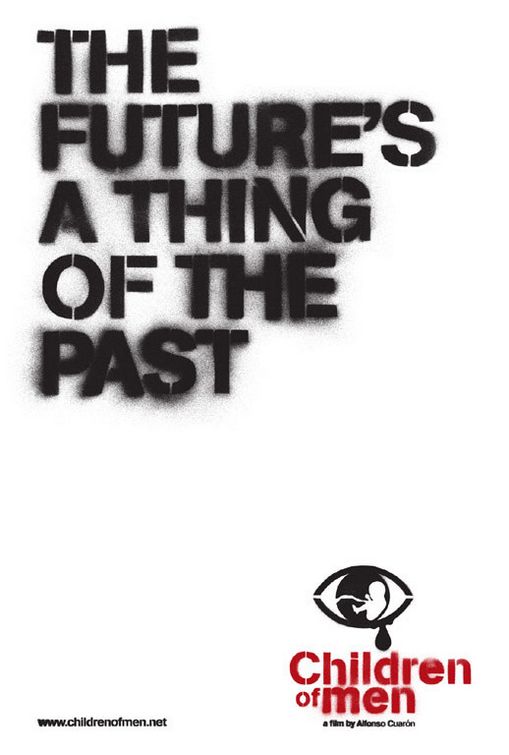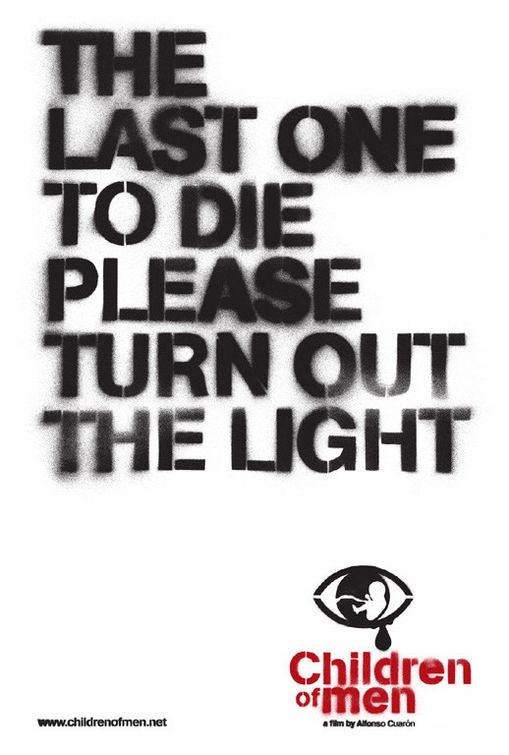Anyone who has worked in the retail industry is familiar with the saying, "the customer is always right." This phrase is synonymous with any business regardless of the target audience or demographic; whatever the customer wants, the customer gets. It's a simple concept whereas consumers have the ultimate say in how a company produces their certain product or service. In the world of ergonomics, the customer and/or user of the product rank number one. The comfort coupled with the overall functionality of the product, especially within the workplace, make for an inspiring design choice. Understanding and listening to the potential users enable a manufacturer to create not just what is wanted, but what is needed.

When Microsoft's Xbox first hit shelves in 2001, the controller(black) which accompanied the console was an absolute eyesore and way too robust to literally wrap both the user's hands around. When Microsoft released the Xbox's successor in 2005, the Xbox 360, the controller(white) corrected all that was wrong with it's predecessor. Gone was the outdated button layout and overall colossal-ness of the old controller, and in came a fresh new design which not only allows for complete functionality but incredible comfort for lengthy game sessions.

This product is incredibly safe. One hazard, and maybe the only hazard being that it's an electronic device, is the risk of electrocution, but I've never heard of such an occurrence. My controller in particular uses batteries as it's primary source of power, the battery cartridge is positioned in the rear of the controller, out of the way when in use by the player. Now unless the two AA batteries in the controller explode, I should be alright.
I can easily spend a couple hours in the video game world at a time. Anything longer than that, my eyes begin to get irritated, my foot may fall asleep, but never have my hands been affected from an extended amount of time playing video games. The controller is symmetrical in it's design with two equally contoured handles on either side, allowing for a decent grip on the controller with both hands regardless if the user is right-handed or a southpaw.
A good product design can only go so far, though. Using the product with ease is always wanted from a designer yet not always accomplished. In this case, despite the size of the hands of the user, the layout of the buttons and analog sticks are positioned in such a way where the thumbs and index fingers can reach them all without strain. Of course the effects the buttons have will vary with each game, but the layout of the controller remains the same, easy to use regardless of which game is in the console.
The Xbox 360 controller performs wonderfully. I have yet to have any problems with the one I currently own. However, my brother threw my other one in a bout of frustration and damaged the internal vibration device which rumbles corresponding to what happens within a game. But besides that event, the controller puts up with numerous hours of use without a sign of wear, except for maybe a few drops of perspiration from the user. Other than that, the 360 controller stands up to the competition making this controller the fan favorite among video game users.
The controller itself looks fantastic. The overall white scheme with silver/grey accents adds to its futuristic and modern style. The primary buttons of use are all color coordinated as well, utilizing the green(A), red(B), blue(X) and yellow(Y) hues to differentiate the buttons from any of their competitors.
The Xbox 360 controller incorporates functionality with incredible comfort allowing for endless hours of enjoyability. It's safe to say that Microsoft learned from what it did wrong with this controller's predecessor and corrected it substantially. This is a prime example of keeping the user in mind when designing a product for mass production, knowing that a wide variety of people will use this item, and satisfying every single one of them.
 The shot glass is a common item in every airport, hotel, and resort gift shop. What can possibly be so dangerous about a small, stout shot glass other than potentially shattering? The artwork on the exterior of these novelty shot glasses are created using lead based paint. Why? I have no idea. You would think that in this day and age an alternative choice to this harmful paint would be utilized but for some reason this lead based paint in used on a monumental scale. I haven't done too much traveling in my young age but from the locales I've travelled to, a good amount of these shot glasses are elaborately and colorfully adorned with this toxic substance.
The shot glass is a common item in every airport, hotel, and resort gift shop. What can possibly be so dangerous about a small, stout shot glass other than potentially shattering? The artwork on the exterior of these novelty shot glasses are created using lead based paint. Why? I have no idea. You would think that in this day and age an alternative choice to this harmful paint would be utilized but for some reason this lead based paint in used on a monumental scale. I haven't done too much traveling in my young age but from the locales I've travelled to, a good amount of these shot glasses are elaborately and colorfully adorned with this toxic substance.







